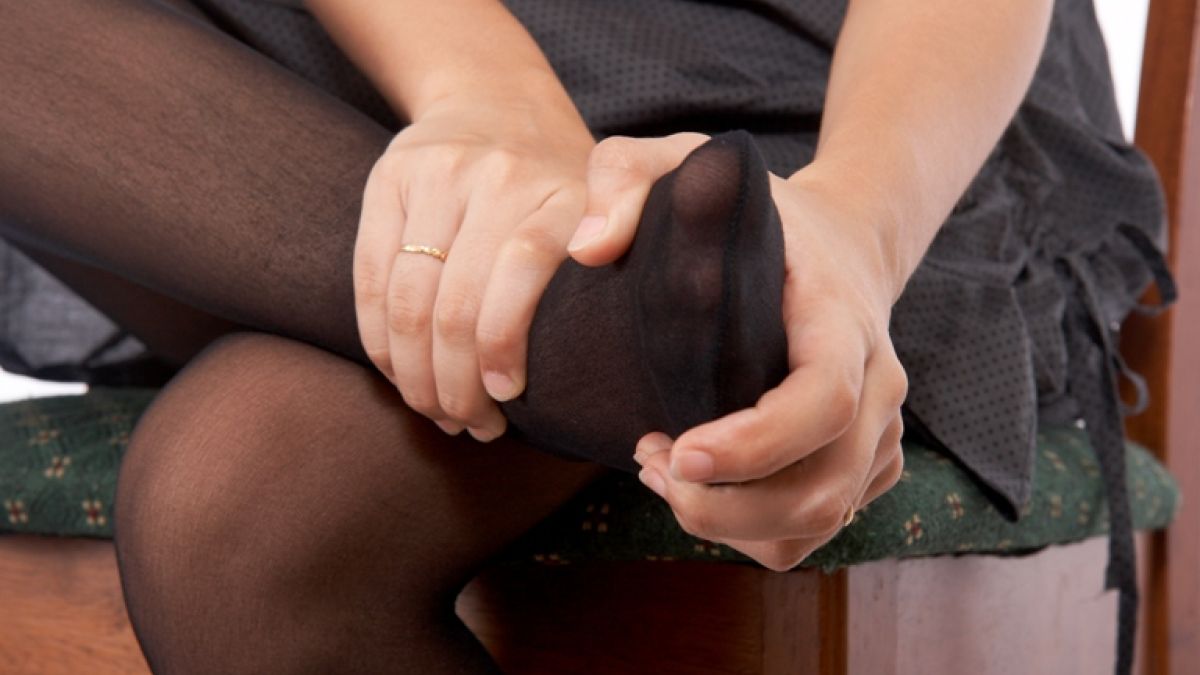Ochsner Health is the leading nonprofit healthcare provider in the Gulf South. Ochsner inspires healthier lives and stronger communities through our mission to serve, heal, lead, educate and innovate.
Foot and Ankle


Featured Specialties




Therapy & Wellness
Our certified therapists help improve your quality of life by increasing strength and function, reducing pain and restoring normal movement, to help you stay in motion and feeling great.
Manage Type 2 Diabetes On the Go
Take and keep control of your condition from home with the Ochsner Digital Medicine program.
Explore Clinical Trials
Ochsner Health performs groundbreaking research.
Donate to Ochsner
We change and save lives every day. Your support makes it possible.
Read more healthy living and lifestyle tips.
Get tips in your inbox.
Sign up for our free newsletters to get the best of our healthy living tips delivered straight to your inbox.
Foot and Ankle Locations
Ochsner Therapy & Wellness - Slidell Memorial Hospital East
104 Medical Center Drive
Slidell, LA
70461
- Monday – Thursday: 7 a.m.-6:30 p.m.
- Friday: 7 a.m.-3:30 p.m.
Ochsner Health Center - Elmwood
1201 South Clearview Parkway
, Building B
Jefferson, LA
70121
- Monday – Friday: 8 a.m.-5 p.m.
Ochsner Medical Complex - The Grove
10310 The Grove Blvd.
Baton Rouge, LA
70836
- Monday–Friday: 7 a.m.-5 p.m.
- Saturday: 8 a.m.-1 p.m.
Ochsner Health Center - Baptist Napoleon Medical Plaza
2820 Napoleon Ave.
New Orleans, LA
70115
- Monday – Thursday: 6 a.m.-5 p.m.
- Friday: 6 a.m.-3 p.m.
- Therapy & Wellness: Mon – Fri: 7 a.m.-4 p.m.
Ochsner Health Center - Metairie
2005 Veterans Memorial Blvd.
Metairie, LA
70002
- Mon: 7 a.m.-8 p.m.
- Tues–Fri: 7 a.m.-5 p.m.
- Sat: 8 a.m.-11:45 a.m.

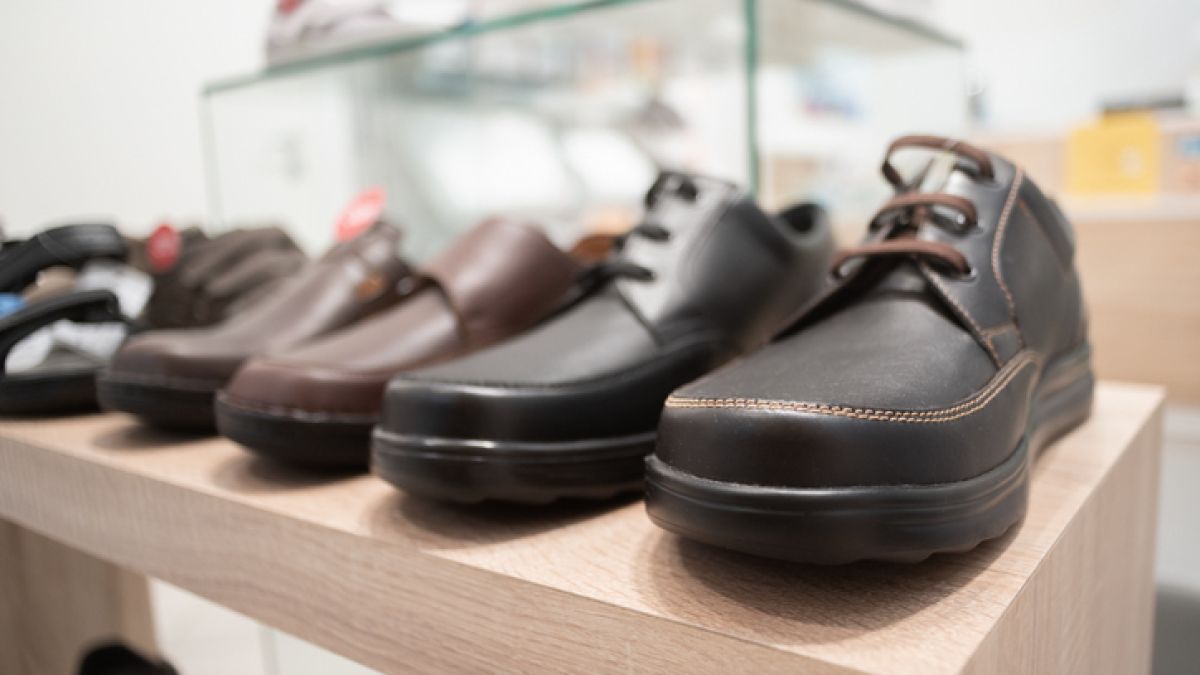
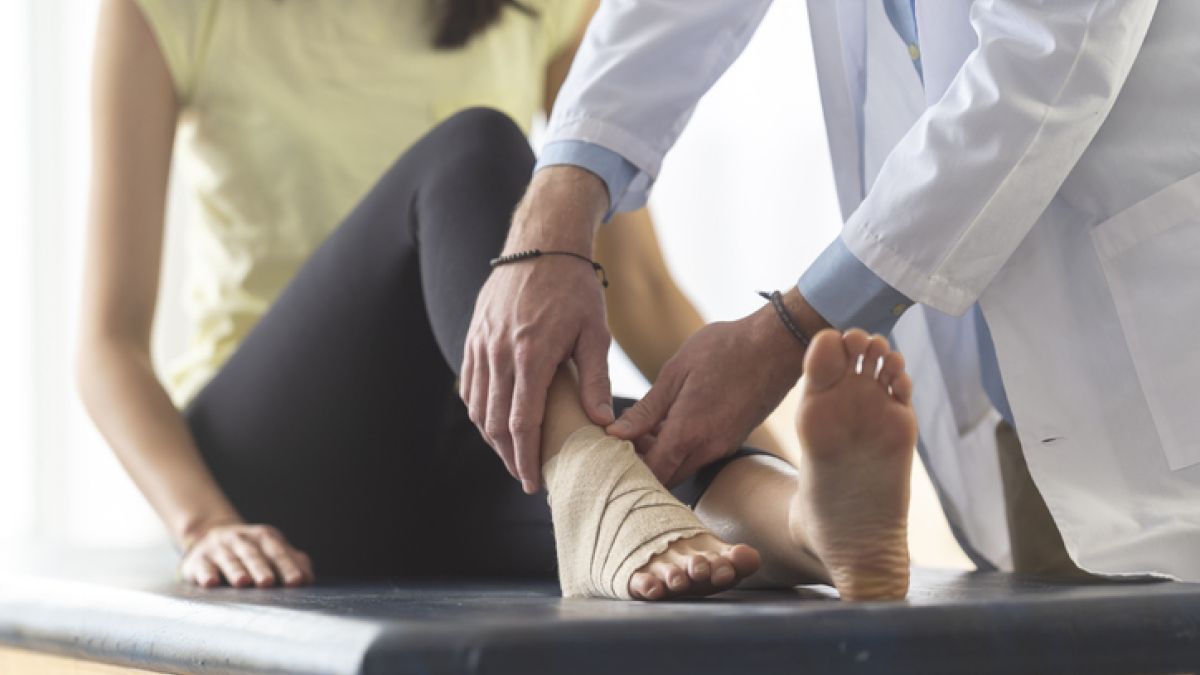
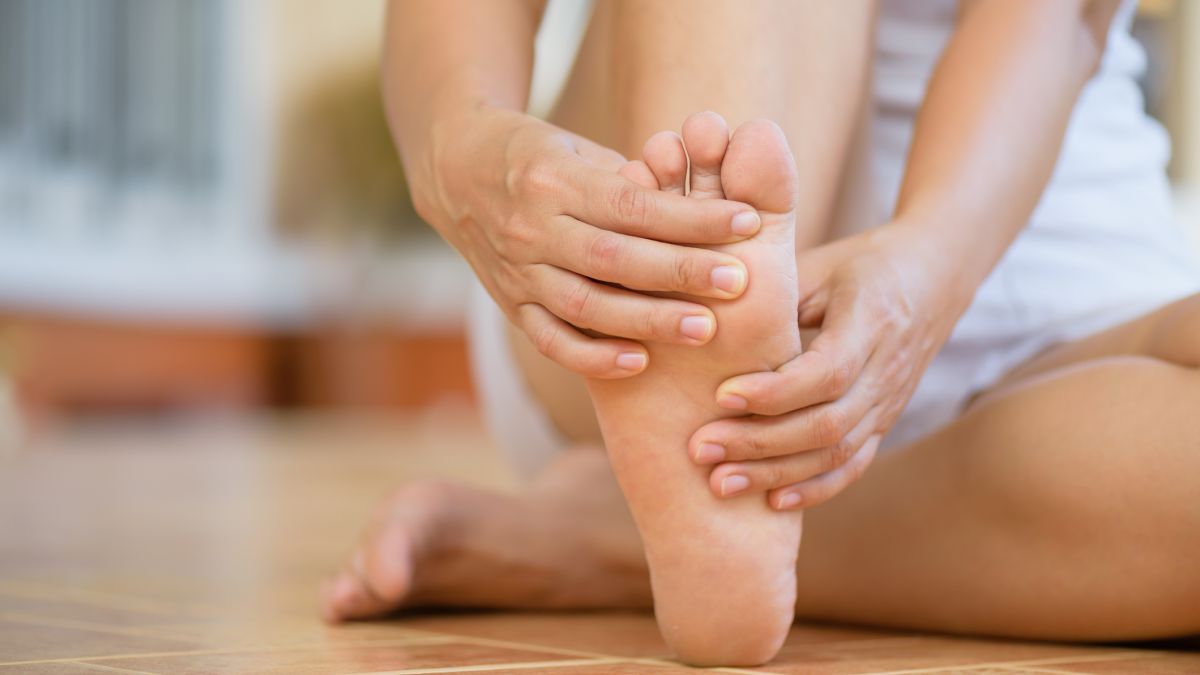
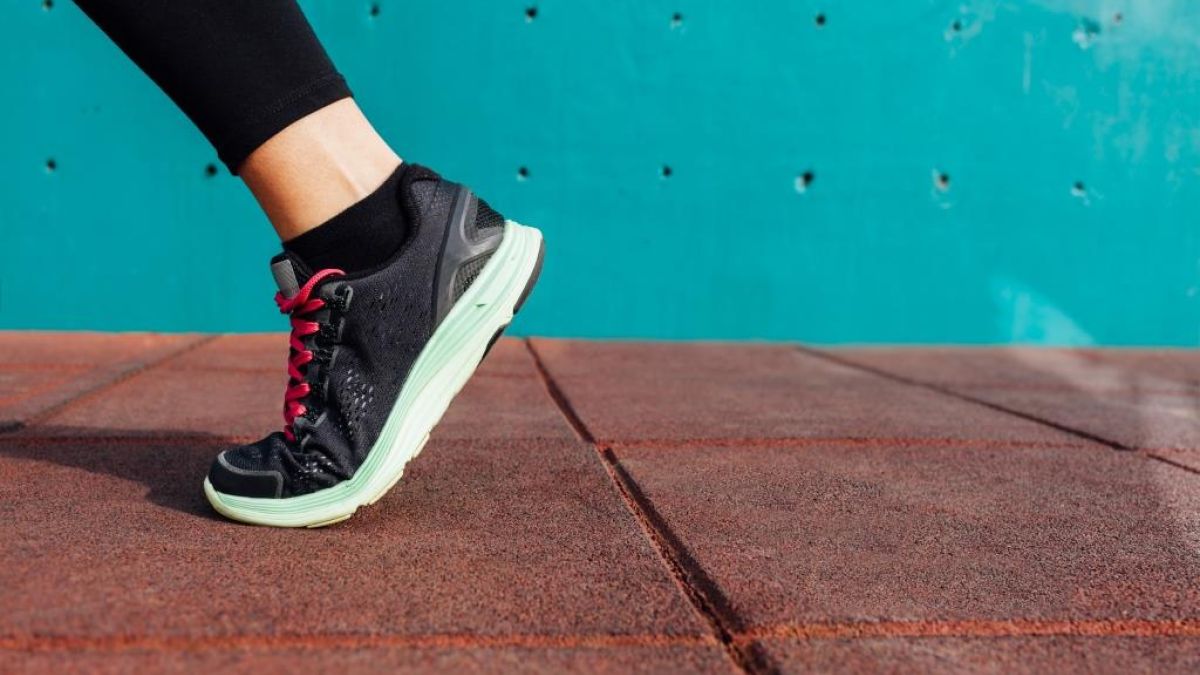

-nails-7abbbb2796.jpg)
